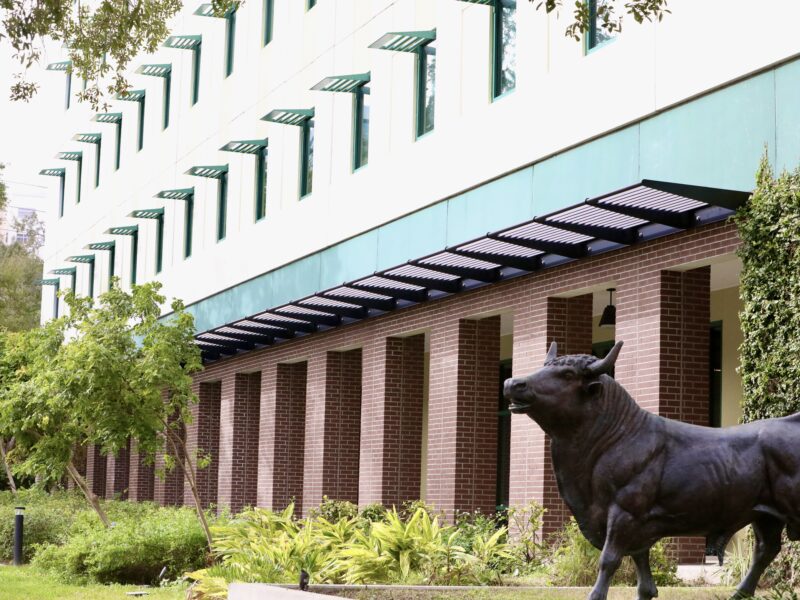When we think of bicycles in St. Petersburg, we might conjure up recollections of the Pinellas Trail on a weekend morning, when bicycling families swarm like locusts.
Maybe we recall jousting with a peloton (group) of ill-mannered spandex-clad road racers while driving. Cycling is often associated with recreation and leisure. A friend of mine was once asked about a bruise on her arm by a convenience store clerk. When she told him it was the result of a bicycle accident, he replied: “Oh, you do childish things?” What can we expect if the purpose of a bicycle is restricted to meandering along a sidewalk with no useful destination in mind? Yes, bicycling for exercise is a laudable past time, but why confine the utility of this wonder machine?
Various studies have found that in cases where residents replace the automobile with a bicycle for short trips, cities can save up to $218 million in fuel costs (Journal of Physical Activity & Health) and $7.3 billion in healthcare costs (University of Wisconsin.) One average automobile parking space swallows up about $10,000 versus a couple hundred bucks for a bicycle rack. I could mention that bicycles can save the world, but that is unnecessary. These (relatively) explicit economic advantages have already demonstrated that bicycles are capable of leaps and bounds more than wallowing along the pier waterfront or proving to ourselves that we can peddle faster than someone else.
According to the U.S. Census Bureau, 0.6 percent of the country commutes to work on a bicycle, a staggering proclamation! If cheap is choice, how has our favorite massive supermarket chain faired so well?
In the literature, sociologists and public transportation analysts interpret case studies, city comparisons, and binary logistic regression models (powered by real wizards) to make sense of this paradox. Jennifer Dill and Theresa Carr of Portland State University suggest that a decision to cycle or not is a delicate interplay between objective factors such as climate and automobile costs, but more importantly, subjective perceptions like public attitude or the danger involved. A classic product of subjective perception is the false assumption that riding on a sidewalk is safer; it actually doubles your chance of a collision.
Some of us pride ourselves with our commitment to bicycle commuting, but do we understand that our behavior on the road influences the public attitude towards bicycles?
Komanoff writes of the harmony that can exist if cyclists strive to gain respect from motorists. Vehicular cycling is a means to that end; stopping at stop lights/signs, signaling turns, and riding with the flow of traffic. If you don’t believe me, go visit the great city of Seattle, Wash., or Portland, Ore. Yes, cyclist oppression is also influenced by factors that we cannot control, but if we can make simple choices that will improve our image then perhaps the 99.4 percent will soon take us seriously.
A BikeSmart course is being offered on Feb. 9 at 4 p.m. in DAV 236.
Zachary Westmark
Co-director
SG Department of Sustainability Initiatives
zwestmar@mail.usf.edu


